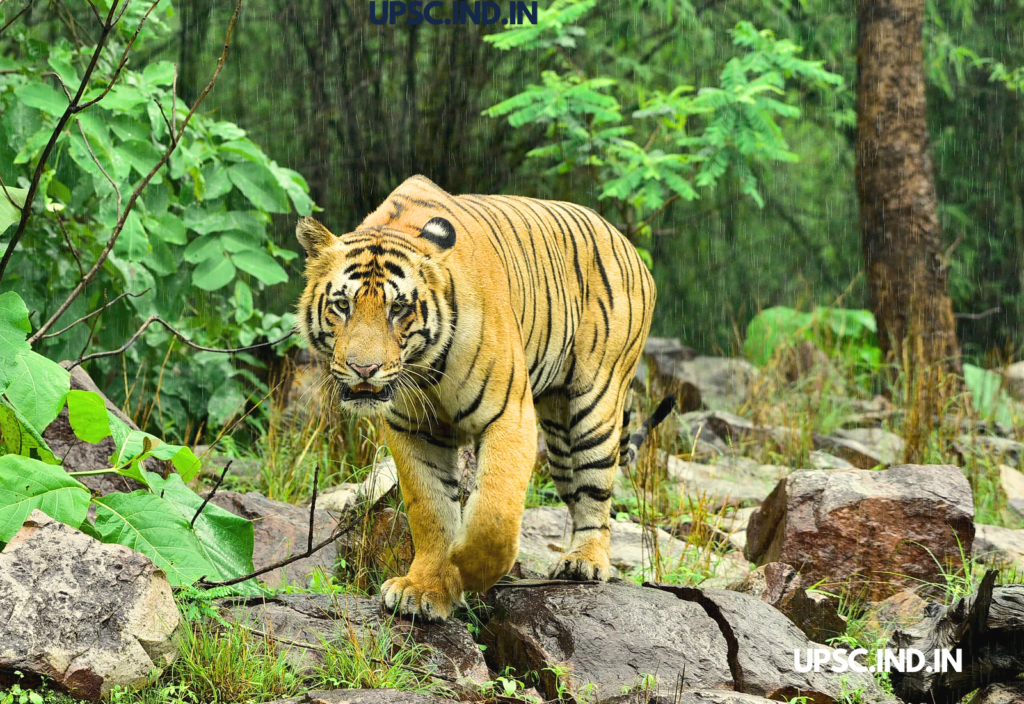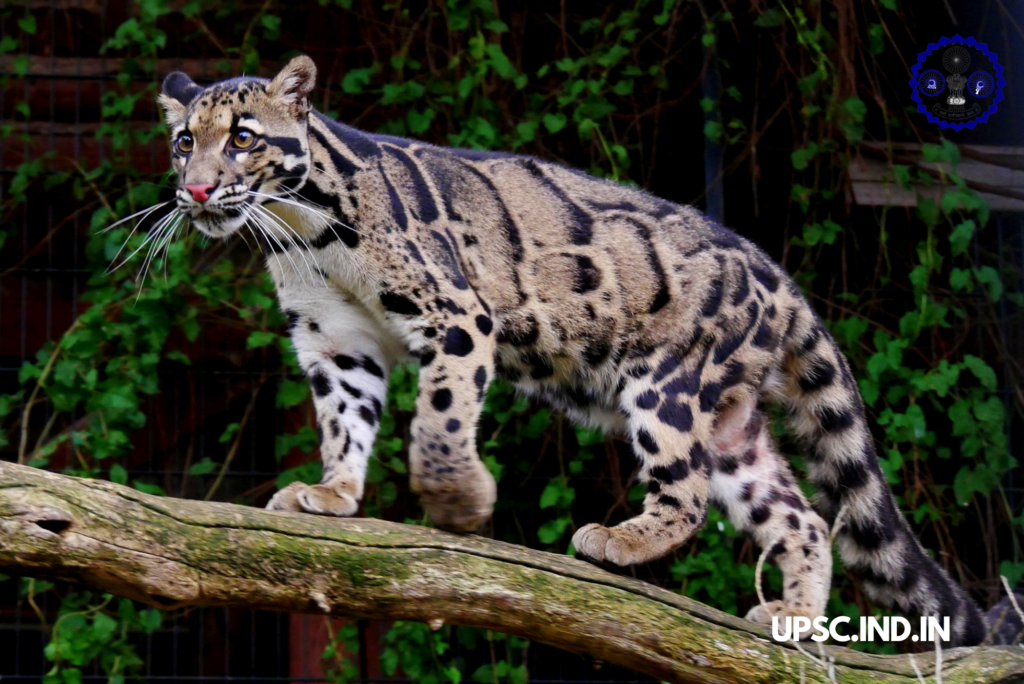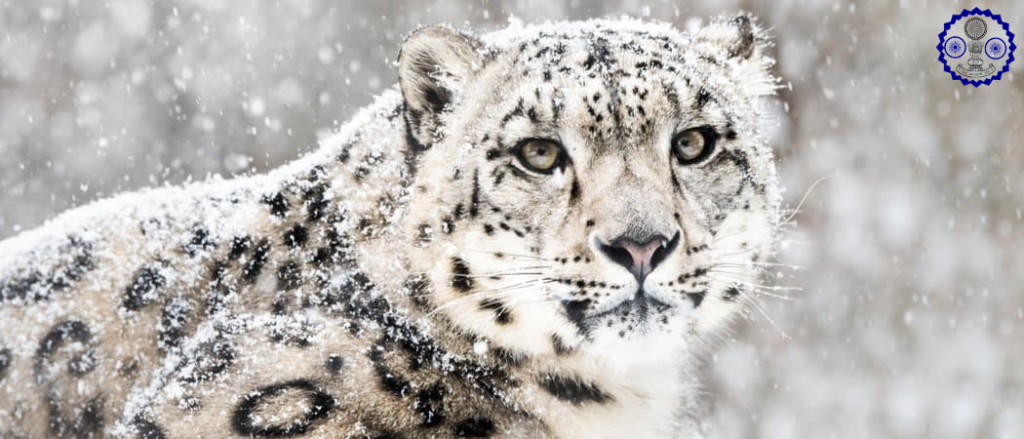INDIAN 6 BIG CATS, India’s diverse landscapes are home to some of the world’s most majestic and iconic creatures – the big cats. These feline predators are not only integral to the ecosystems they inhabit but also play a vital role in maintaining the delicate balance of nature. India proudly hosts six species of big cats, each with its own unique characteristics, behaviors, and habitats.
INDIAN 6 BIG CATS :–
Bengal Tiger (Panthera tigris tigris):

The Bengal tiger, India’s national animal, is a symbol of strength and power. Found primarily in the country’s national parks and wildlife sanctuaries, this magnificent creature is known for its distinctive orange coat and black stripes. With around 2,500 individuals, India is home to more than half of the world’s remaining wild tiger population.
Indian Lion (Panthera leo persica):

The only population of Asiatic lions in the world resides in the Gir Forest National Park in Gujarat. Smaller than their African counterparts, Indian lions are highly social animals, often found in prides of related females. Conservation efforts have increased their numbers to over 500 individuals, showcasing a success story of species recovery.
Indian Leopard (Panthera pardus fusca):

Adaptable and secretive, Indian leopards are found across various landscapes, from dense forests to urban areas. Their stunning spotted coats provide excellent camouflage, making them challenging to spot. With a population estimated at 12,000 to 14,000 individuals, these agile predators are the most widespread among India’s big cats.
Snow Leopard (Panthera uncia):

Thriving in the cold mountainous regions of the Himalayas, the elusive snow leopard is renowned for its thick fur and striking markings. With just around 400-700 individuals in India, snow leopards are a rare and threatened species. Efforts to protect their habitats and curb poaching are crucial for their survival.
Clouded Leopard (Neofelis nebulosa):

Found in the dense forests of the northeastern states, the clouded leopard is one of the most enigmatic big cats. Its striking coat features cloud-like markings, giving it its name. This elusive and solitary predator is considered vulnerable due to habitat loss and poaching.
Asiatic Cheetah (Acinonyx jubatus venaticus):

Once roamed the Indian subcontinent, the Asiatic cheetah is functionally extinct in India. Formerly found in the dry grasslands and scrub forests, conservationists are working on possible reintroduction efforts to bring back this speedy predator to its native habitat.
Conservation Efforts and Challenges: Despite ongoing efforts, India’s big cats face numerous challenges, including habitat loss due to urbanization, poaching for their body parts, and human-wildlife conflicts. Conservation organizations, governmental initiatives, and community involvement play a pivotal role in safeguarding these species. The government’s Project Tiger and other initiatives have played a significant role in increasing the tiger population.
Conclusion: India’s six big cat species are not just charismatic symbols of the nation’s rich biodiversity; they are crucial indicators of the health of their ecosystems. Protecting and preserving these majestic creatures is not only essential for their survival but also for maintaining the delicate balance of nature in the subcontinent. Through concerted efforts and increased awareness, we can ensure that future generations continue to marvel at the beauty and power of India’s magnificent big cats.
TO REPORT International Big Cat Alliance
TO FOLLOW US
The Hindu Newspaper Analysis WITH The Hindu Newspaper PDF.
FAQ
- Are all six big cat species equally endangered?
- No, the level of endangerment varies. While some, like the Bengal tiger and Indian lion, have shown population growth, others like the Asiatic cheetah face severe threats.
- What efforts are being made to protect these species?
- Conservation organizations and government initiatives work towards habitat preservation, anti-poaching measures, and raising awareness about the importance of these species.
- Can I see these big cats in the wild?
- Some national parks and reserves offer opportunities to see these animals, with guided tours ensuring safety for both visitors and the animals.
- How can I contribute to their conservation?
- Supporting reputable conservation organizations, spreading awareness, and advocating for stricter wildlife protection laws are effective ways to help.

